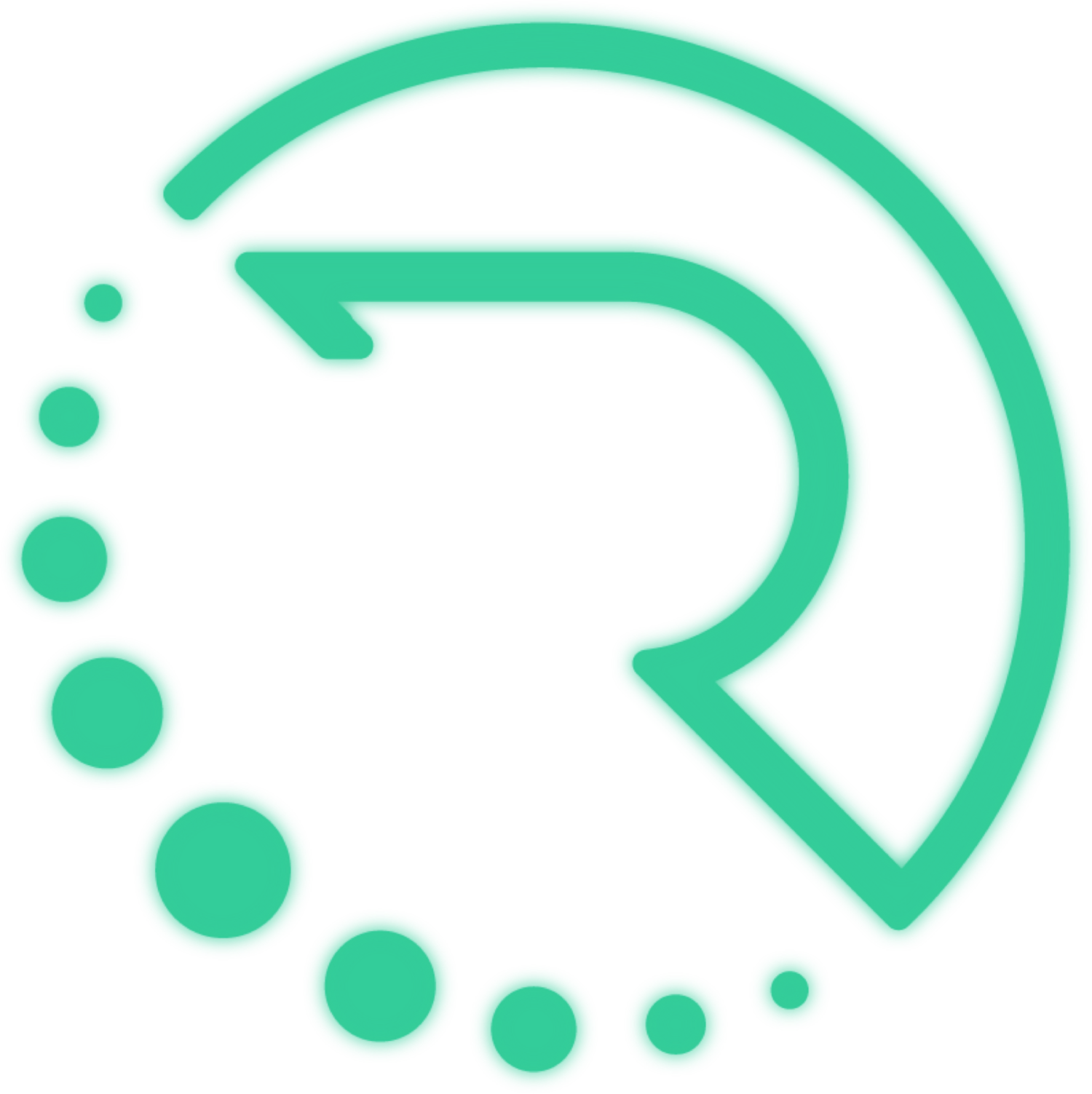Iliotibial Band Friction Syndrome and Physio
Iliotibial Band Friction Syndrome (ITBFS) is a condition that results from inflammation of the iliotibial band, a thick band of tissue that runs down the outside of the thigh. ITBS is one of the most common running injuries, and can cause pain and stiffness in the outside of the knee.
The iliotibial band begins near the hip and attaches just below the knee. It helps to stabilize the knee and flex the hip. When it becomes inflamed, it can rub against the femur (thighbone), causing pain and discomfort.
Common symptoms of ITBS include:
• Pain and stiffness in the outside of the knee
• A feeling of tightness or burning in the thigh
• Difficulty bending or straightening the leg
• Pain when running, cycling, or walking uphill
The cause of ITBS is not completely understood, but it is thought to be caused by a combination of factors including overuse, poor biomechanics, and muscle imbalance. When you run, your hip and knee move through a range of motion that puts stress on the iliotibial band. If your muscles are weak or imbalanced, this can lead to inflammation and pain.
There are a number of physio treatment techniques that can help to relieve the symptoms of iliotibial band syndrome. These include:
1. Rest – It is important to rest the affected area to allow the inflammation to subside. This may mean taking a break from your regular exercise routine, or at least reducing the intensity and duration of your workouts.
2. Ice packs – Applying ice packs to the inflamed area can help to reduce swelling and pain. Do this for 10-15 minutes, 3-4 times a day.
3. Compression – Wrapping the thigh with an elastic bandage or compression stocking can help to support and stabilize the muscle.
4. Elevation – Elevating the leg above heart level will help to reduce swelling and pain.
There are a number of strength exercises that can help to relieve the symptoms of iliotibial band syndrome. These include:
1. Squats – Squats are a great exercise for strengthening the muscles around the knee. To do a squat, stand with your feet hip-width apart, then bend your knees and lower your body towards the ground. Keep your back straight and don't let your knees go over your toes.
2. Lunges – Lunges are another great exercise for strengthening the muscles around the knee. To do a lunge, stand with one foot in front of the other, then bend your front knee and lower your body towards the ground. Make sure to keep your back straight and don’t let your front knee go over your toes.
3. Hamstring curls – Hamstring curls can help to strengthen the muscles on the back of the thigh, which can help to reduce inflammation and pain in the iliotibial band. To do a hamstring curl, lie on your back on the floor with one ankle resting on top of a sturdy chair or bench. Place your hands flat on the floor beside you, then slowly lift your hips off the ground until your legs are bent at 90 degrees. From here, use your hamstring muscles to curl your legs up towards your chest. Hold for two seconds, then slowly lower them back to the starting position.
4. Glute bridges – Glute bridges are another great exercise for strengthening the muscles in the buttocks, which can help to support and stabilize the iliotibial band. To do a glute bridge, lie flat on your back on the floor with feet flat on the ground and shoulder-width apart. Place your palms flat on the floor beside you for support, then lift your torso and upper legs into the air, so that your thighs and torso are in line with each other – make sure not to arch your back). Hold for two seconds, then slowly lower them back to the starting position.
If you think you might have ITBFS please get in touch and book an appointment with one of our physios.

